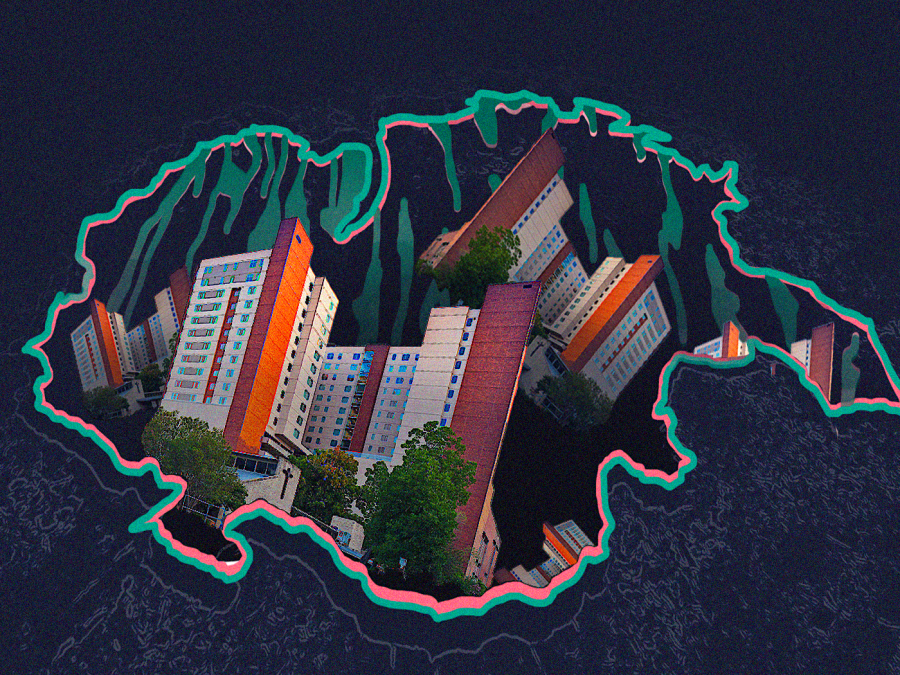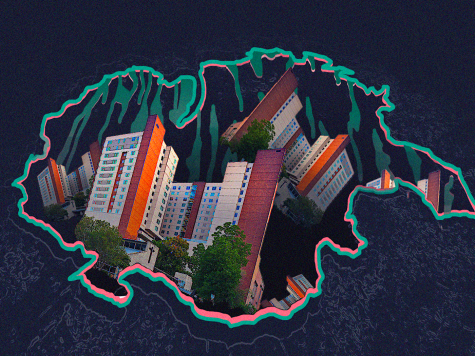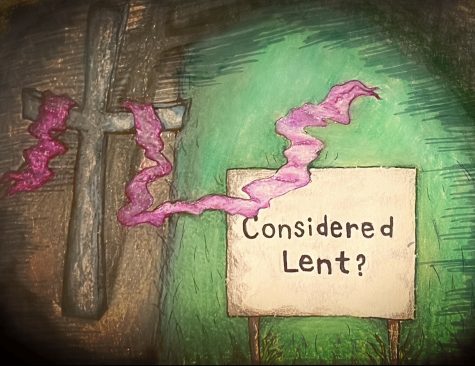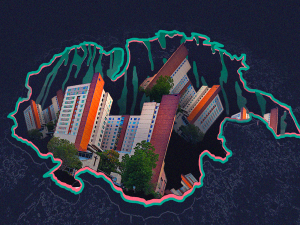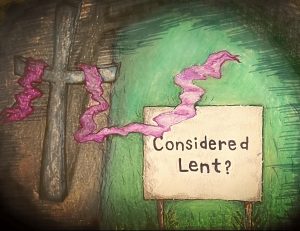What this old street corner in West Campus says about Austin’s priorities
March 27, 2023
Editor’s Note: This column was submitted to the Texan by a member of the UT community.
For the longest time, the corner at San Gabriel and 25 ½ Street had a small, innocuous green space. At this corner, I would very often see students walking their dogs there to do, well, a dog’s business. While the space was not big enough for any other activities — and you’d be extremely generous to even call it a pocket park — it was clear that it was an important functioning green space for the community.
This corner was unique in that it provided an amenity you’d be hard-pressed to find anywhere else in West Campus — an open space. This changed after the open corner and accompanying apartment building were razed for yet another luxury block-to-block development.
And don’t get me wrong, I am not anti-development. In fact, I would commend Austin’s willingness to bolster the density of the West Campus neighborhood in a time of increased demand for housing, evident in the 2019 update of the University Neighborhood Overlay, even with its affordability concerns, through its increase in allowed building heights.
But what is density without open space to break up its monotony? Even the dense New York City has the world-renowned Central Park. And in West Campus, which is home to the densest square kilometer in Texas, we can’t even buy a single-parcel green space.
The fact that there is no dedicated park space within the boundaries of one of the most densely populated neighborhoods in Texas is gross negligence at worst and blind ignorance at best. On a day with pleasant weather, I don’t find anywhere that’s convenient and easy on the eyes to go out and relax — shouldn’t I be able to enjoy the day in my own neighborhood?
I understand that land values are sky-high, but green and open space improvements are essential for the modern community. The benefits of pocket parks are numerous, including being a destination for the many dog owners of West Campus.
Public space improvement would not be a new phenomenon in West Campus either. As part of the Austin Bicycle Plan, a protected bike lane was implemented along the Rio Grande corridor through the heart of West Campus and was legitimized with concrete buffers in 2017.
This isn’t the end of urban issues that plague West Campus. Through lived experience, many students would probably note areas in the neighborhood with inadequate lighting, thin and non-existent sidewalks and substandard road quality.
Though, my concern here is part of a larger issue — Austin does not care for transient populations. The truth of the matter is that Austin has less of an obligation to people it knows won’t be living here for very long, and West Campus, with its large student population, encapsulates this well.
In urban planning, we often forget about the invisible stakeholder — future residents. While the city of Austin might not be as concerned with impermanent residents, it should at least commit to ensuring satisfactory living — which should include open space — for residents that are yet to come.
My salient point is this: We need more places that are worth caring about. Places that are organic rather than manufactured. If not for the sake of current residents, then for the sake of eventual residents. And that dinky little corner was just that.
El Habr is a community and regional planning graduate student from San Antonio, Texas.

